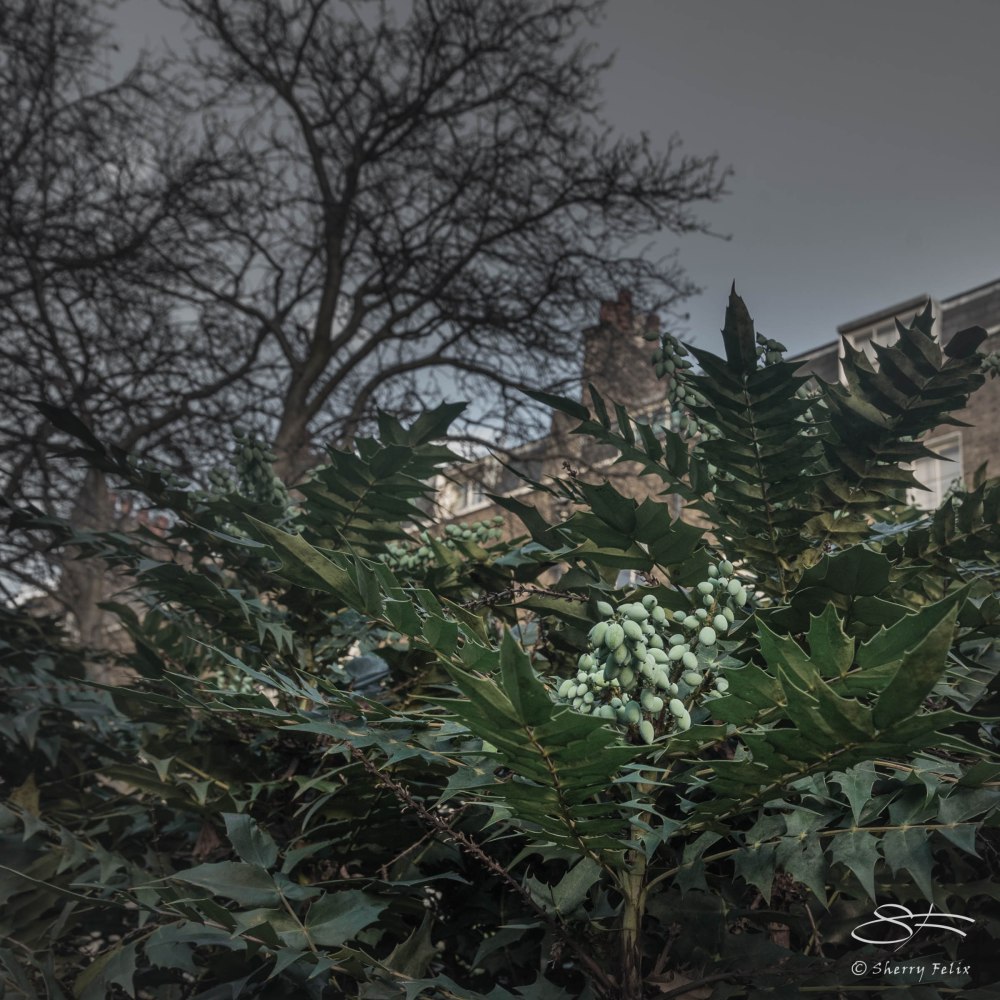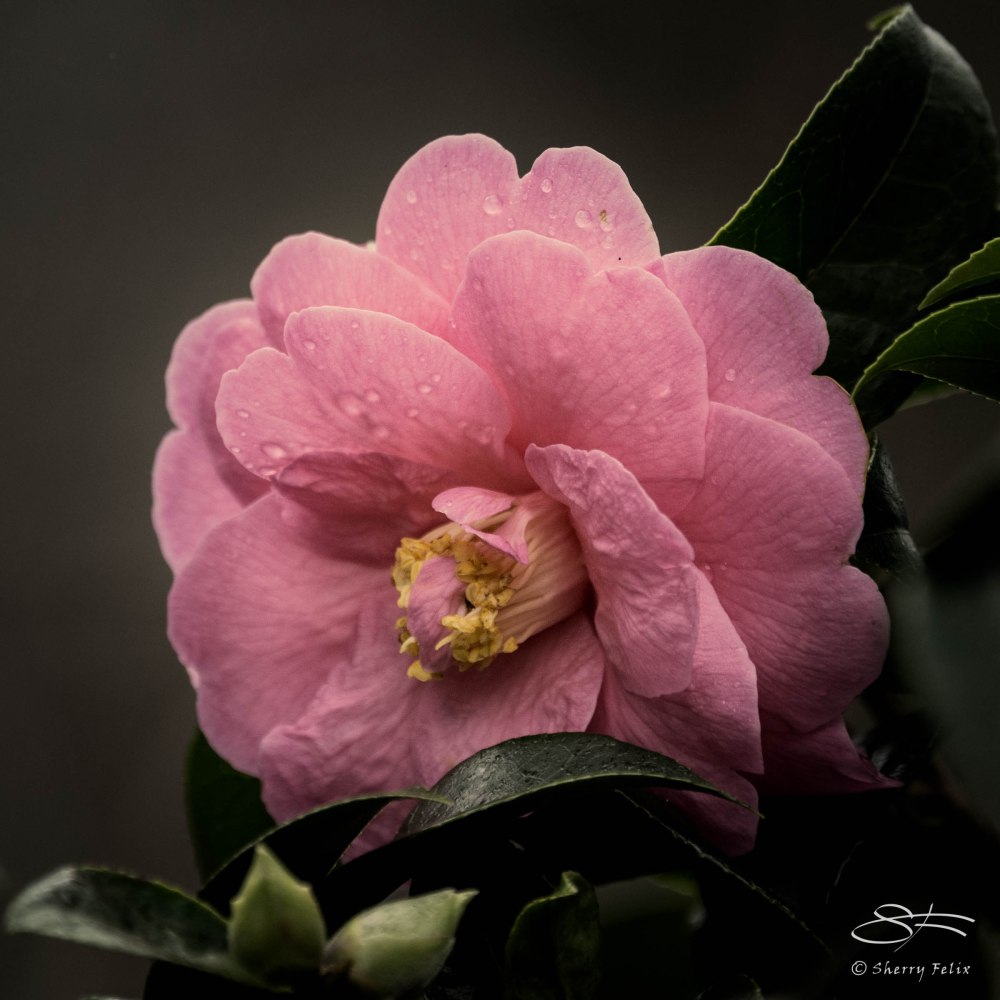Seven flowers and plants from December 2015 and January 2016 in London.
Month: January 2016
Birds of London Winter 2015
This large post includes a list of the 61 birds including 7 life birds seen on this trip; bringing my UK list up to 261 since I started the list in 1987. I saw while in London late December 2015 and first week of January 2016. Captions provide the names, locations and dates of each siting. I posted the best ones but decided to include a few not so good photos as they are all I have of certain species.
My one serious trip was to the WWT London Wildlife Refuge on 1/4/2016. The WWT (Wildlife and Wetlands Trust has 8 other refuges around Great Britain. They cater to families, provide education and the wetlands have blinds for serious birders. I may not have found some of them, like the bittern and snipe, if other birders hadn’t pointed them out to me. My one disappointment was not having more days to do this. It was really a trip to visit family. Cemeteries are the best for birding. I enjoyed St James Park which is well stocked with ducks and pelicans.; and winter birds and ducks in and Clissold Park. Walthamstow Marshes might have produced some good birds but I didn’t get the time to investigate it.
Land Birds
Water Birds

St Mary’s Old Church Door
A church has been at the site of St Mary’s Old Church, Stoke Newington, London since the time of the Domesday Book (1086). The current Elizabethan Church (16 c.) was erected by Lord William Patten as an Anglican church in Stoke Newington, then a village on the outskirts of London.
Patten, Lord of the Manor from 1549 to 1571, decided to rebuild the almost derelict parish church in1563. On the south side is Patten’s private chapel with its own door at the east end with the date and his motto “ab alto” (“from above”) over the door. The door inside to his private chapel has his family crest with its motto “Prospice” (“look forward”). The red brick walls and arcade separating the chapel from the nave date from then. Patten’s design included a vestry at the east end and a schoolroom at the west end. The parish school is four hundred years old.
In 1805 the seating in the church was replaced with high pews with panels and doors. In 1829 Sir Charles Barry enlarged the church. After bomb damage in 1940 the Church was restored in 1953. The church interior was remodeled in 2013 and the majority of the pews were removed. It is now used as an arts and community space.
John Dudley, Patten’s successor as Lord of the Manor, has an elaborate tomb behind the pulpit. Dudley held offices at court and was one of Queen Elizabeth’s favorites. The memorial to the Hartopp family (end of the north aisle) commemorates some of Charles Fleetwood descendants; such as, Oliver Cromwell’s son-in-law, who lived in Fleetwood House, Church Street.
Buried in the south-eastern part of the churchyard is James Stephen, William Wilberforce’s brother in law, a chief adviser on the final draft of the Bill to abolish the slave trade in 1807. Wilberforce’s sister and daughter are also buried there. Wilberforce wished to be buried there, but was interred at Westminster Abbey instead. The poet and abolitionist Anna Barbauld is entombed to the right of the path to the main south door (Source: theoldchurch.org).
Post created mainly for Norm’s Thursday Doors from photos take on December 21, 23 and 29, 2015. This is my third posting on Stoke Newington. The other two are:

Stoke Newington
We stayed in a flat on Bouverie Road in Stoke Newington late December to the first week of January 2016. It was close to where our son lives. On Church Street, a major thoroughfare, is Abney Park Cemetery, Clissold Park and lots of little shops and restaurants. The bakery made lovely bread. We liked the Bloomers. We ate at several of the restaurants, including a very English lunch of bangers and mash and lamb chops at the Rose and Crown. I never did get my Rhubarb crumble with custard. Oh Well! I can get it here at Tea and Sympathy in Greenwich Village, NYC. Crumble is a comfort food of mine. I have fond memories of rainy days and stopping for tea and rhubarb crumble on the way home from school instead of buying the school lunch at Holland Park Comprehensive (1959-1961).
The history of Stoke Newington extends back to Neolithic axe manufacturing, and in the Middle ages a small village a few miles outside London. The manor was owned by St. Paul’s Cathedral and yielded a small income, enough to support part of their work. The manor was sold to Lord William Patton (17 c.) then to Lady Abney in the 18 c.
(Source: https://en.wikipedia.org/wiki/Stoke_Newington read for more details).
London weather is so often dramatic and the side lighting makes great photos.
London Mosses
December 2015 was mild and wet in Stoke Newington, London, and many mosses, liverworts and lichens flourished. I used my macro lens to capture some of them.
I have a special fondness for mosses. When I was 6 my mother moved to London. We lived at 32 Queensborogh Terrace, Bayswater, in a converted townhouse. I slept in a little unheated room at the rear of the first floor past the kitchen that used to be the pantry or cold storage. It was cold and damp there. It had a little rain gutter outside a small window that was filled with moss of various types. I loved my little garden. I imagined fairies using the sporophyte’s stalk (seta) and the light in the red capsule (operculum).
They are complex little organisms. It takes about a quarter to half a year for the sporophyte to mature from the gamophyte. The sporophyte is made up of a long stalk, called a seta, and capped by a cap called the operculum (https://en.wikipedia.org/wiki/Moss).
Botolph’s Door
My son took us around London on December 19, 2015. I chose the Parish and Ward Church of St Botolph-without-Bishopsgate, London for this post for this week’s Norm’s Thursday’s Doors.
History (source: http://www.botolph.org.uk):
St Botolph’s is thought to be a Christian site since Roman times. The original Saxon church foundations were discovered when the present church was erected, and is first mentioned as “Sancti Botolfi Extra Bishopesgate” in 1212. The church survived the Great Fire of London in 1666. St. Botolph’s, the fourth on this site, was completed in 1729, designed by James Gould. It is unique among the City churches in having its tower at the East End, with the chancel underneath. The font, pulpit and organ are eighteenth century.
1992 and 1993 St. Botolph’s was one of the many buildings to be damaged by IRA bombings. Restoration was completed in 1997. St Botolph’s was the first of the City burial grounds to be converted into a public garden. The transformation caused much opposition.
Botolph (died 680AD) and his brother Adolph were 7th century Saxon nobles. They were sent to a Benedictine Abbey in France for education. Adolph rose to be a Dutch Bishop, and Botolph returned to his native East Anglia. King Anna gave him a grant of land to build a monastery, either at Icanhoh (in a marshland area) near Boston (Botolph’s Town) in Lincolnshire, or Iken near Aldeburgh in Suffolk. Botolph was said to have expelled the swamps of their “Devils.” He probably drained the marshes and eliminated the marsh gas with its night glow.
The monastery was destroyed by Danish invaders in 870AD. King Edgar (963-967AD) had the remains of the saint divided into three parts: the head to be taken to Ely, the middle to be taken to Thorney, and the remainder to be taken to Westminster Abbey. The relics were brought, via various towns, to London. Over 70 Churches, along with are five towns and villages, are dedicated to him. The churches at the entrances to the four City gates of Aldersgate, Bishopsgate, Aldgate and Billingsgate were named after him. The one at Billingsgate was destroyed in the Great Fire (1666) and never rebuilt. As his relics traveled from place to place, his name became associated with wayfarers and travelers.

Abney Park Cemetery
My husband, Marc, and I stayed near Abney Park Cemetery, Stoke Newington, London UK late December 2015 and the first week of January 2016 while in London visiting my grandson and family. On several mornings we walked through the charming cemetery. We looked at the old graves in the damp and gloom and I photographed a few birds.
In the late 1800s London needed more cemeteries away from the inner city. Abney Park Cemetery is one of them. “The site of Abney Park was formed from the estates of Fleetwood House and Abney House, the latter of which had been the home of renowned non-conformist and hymn writer Isaac Watts. This association quickly made Abney the foremost burial ground for Dissenters – those practicing their religion outside the established church. It was founded on these principles, with a nondenominational chapel at its core, and was open to all, regardless of religious conviction” (http://www.abneypark.org/history). Today it is both a park and memorial ground.
There are over 200,000 people laid to rest in Abney Park Cemetery. Here are three of Abney’s residents (http://www.abneypark.org/history/well-known-names):
Frank Bostock was a big-cat tamer. It’s said he discovered lions are afraid of chairs. His monument is in the form of a lion. He died of the flu and not by a lion.
Welsh nurse Betsi Cadwaladr has been called “the forgotten Florence Nightingale.” She was over 60 when she decided to train as a nurse and joined the military nursing service in Crimea. She clashed with Nightingale but eventually Florence gave Betsi credit for the work she did at the front line in Balaclava.
Joanna Vassa was the daughter of Britain’s first Black activist, Olaudah Equiano alias Gustavus Vassa. Equiano was shipped to England as a slave, served in the navy and obtained his freedom in 1766. He became a writer, Methodist and antislavery campaigner, and wrote his autobiography “The Interesting Narrative of the Life Of Olaudah Equiano, or Gustavus Vassa, The African,” published in 1789. Vassa married Susannah Cullen of Soham, Cambridgeshire and they had two daughters. Joanna married a congregational minister, Henry Bromley, and lived in Devon, Essex and then Hackney, where she died in 1857. Her grave was discovered in 2005 and is English Heritage listed.
The cemetery is still used. One of the headstones we saw is dates 2015.
2015 in review
Thank you all for a marvelous year. I love the people I have met and the wonderful posts and art. I enjoy learning from you all.
The WordPress.com stats helper monkeys prepared a 2015 annual report for this blog.
Here’s an excerpt:
A New York City subway train holds 1,200 people. This blog was viewed about 6,600 times in 2015. If it were a NYC subway train, it would take about 6 trips to carry that many people.










































































































































